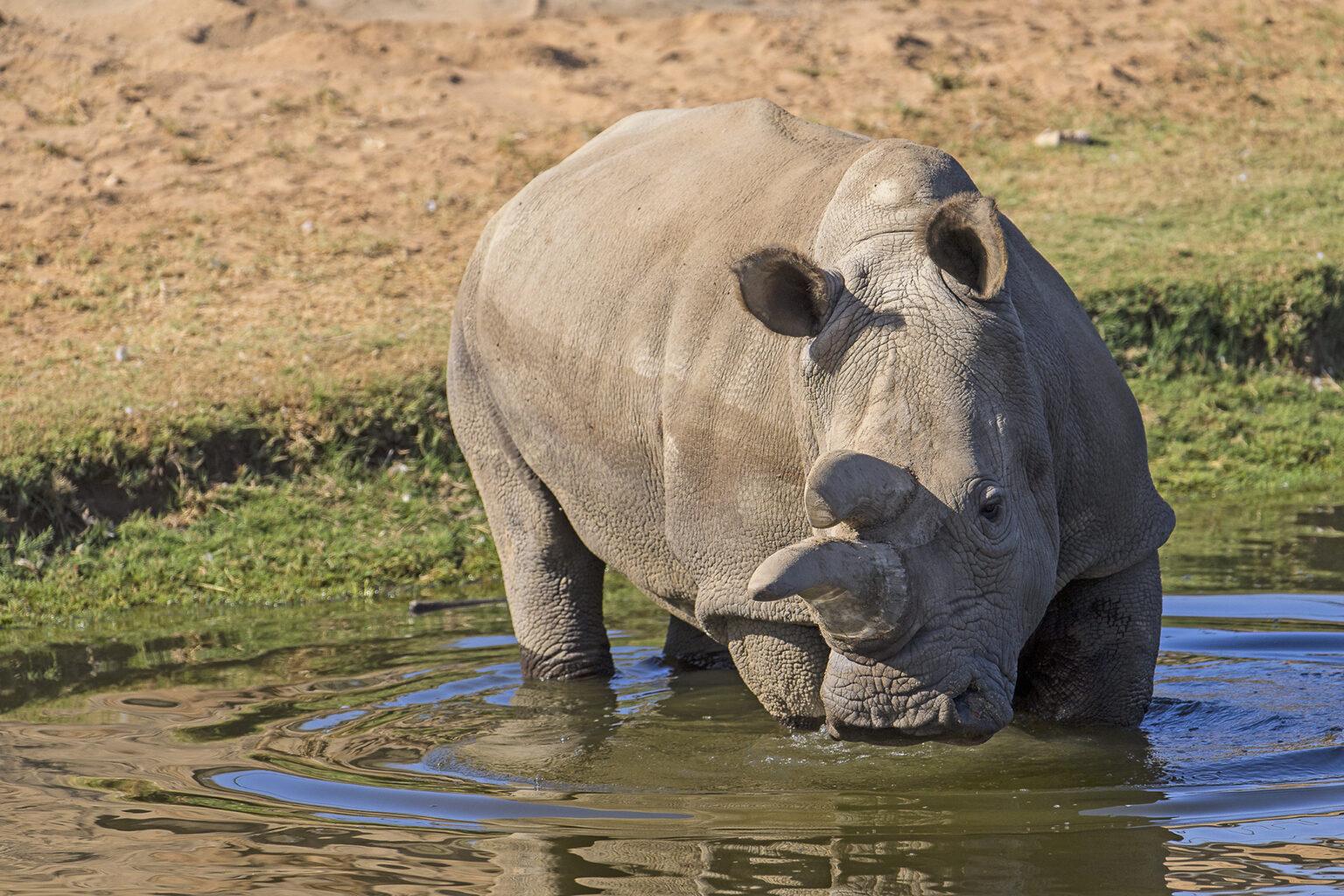
Exploring the
Wildlife Biodiversity Bank
We're at the forefront of collaborative global biobanking efforts, receiving and sharing samples and data with hundreds of scientists worldwide. Our Wildlife Biodiversity Bank is the umbrella term for the living and nonliving biological materials—organized into six subcollections—preserved by our teams. From cryopreserved cells, to seeds, feathers, and beyond, each has distinct storage and preservation requirements. Together, the collections are an invaluable scientific resource that is advancing wildlife health, care, education, and conservation.
Biobanks like ours have become an essential means to saving species in the face of increasing biodiversity loss. And as novel technologies emerge, biobanks lay the foundation for trailblazing conservation solutions by bridging today's samples to tomorrow's scientific potential.
Clinical Repository
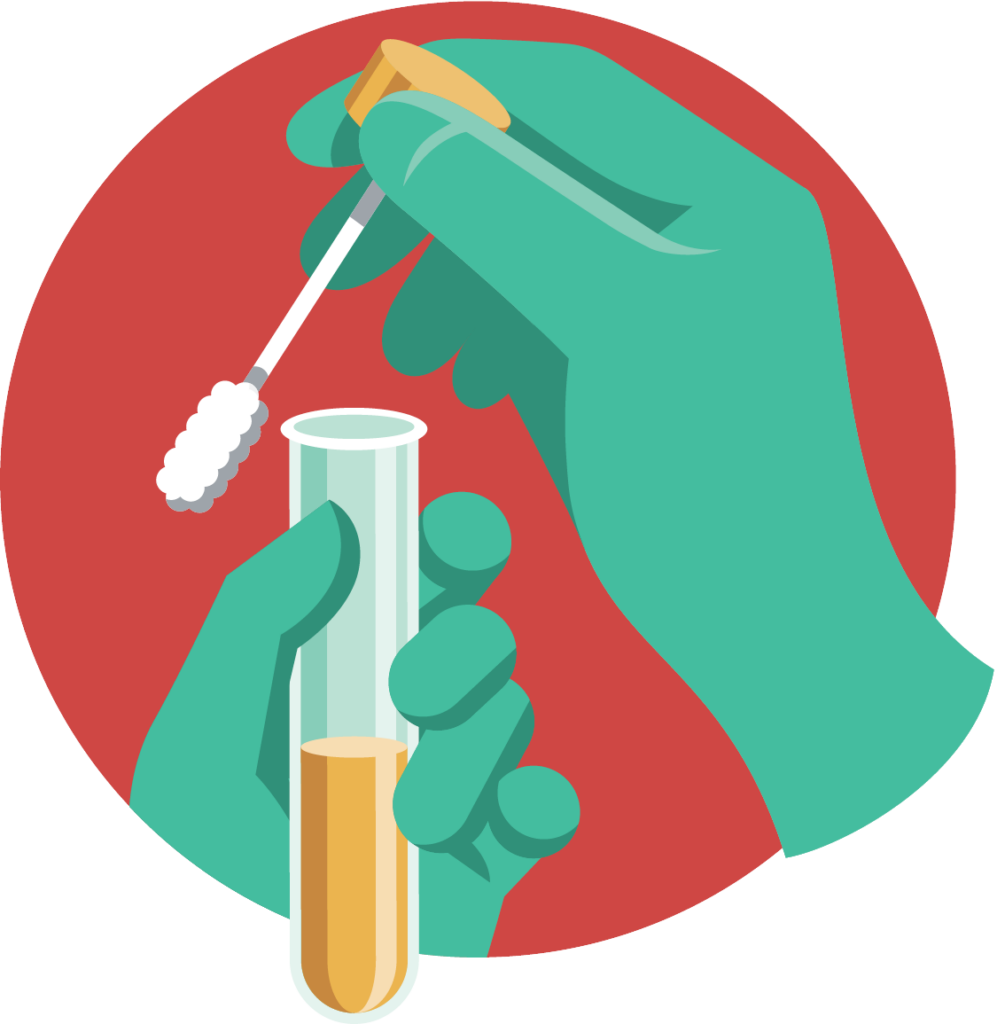
TYPES OF SAMPLES:
Bodily fluids and blood components (plasma and serum)
The samples in our Clinical Repository can be analyzed for the presence of elements such as viruses, antibodies, hormones, or minerals; understanding the samples’ composition is critical in making decisions about wildlife health, management, and care. Our plasma collection ensures that we can administer plasma transfusions to a range of species when needed in emergency veterinary cases. Studying samples in this subcollection also allows scientists to develop novel diagnostic tools and protocols, benefitting wildlife around the world.

Frozen Zoo®
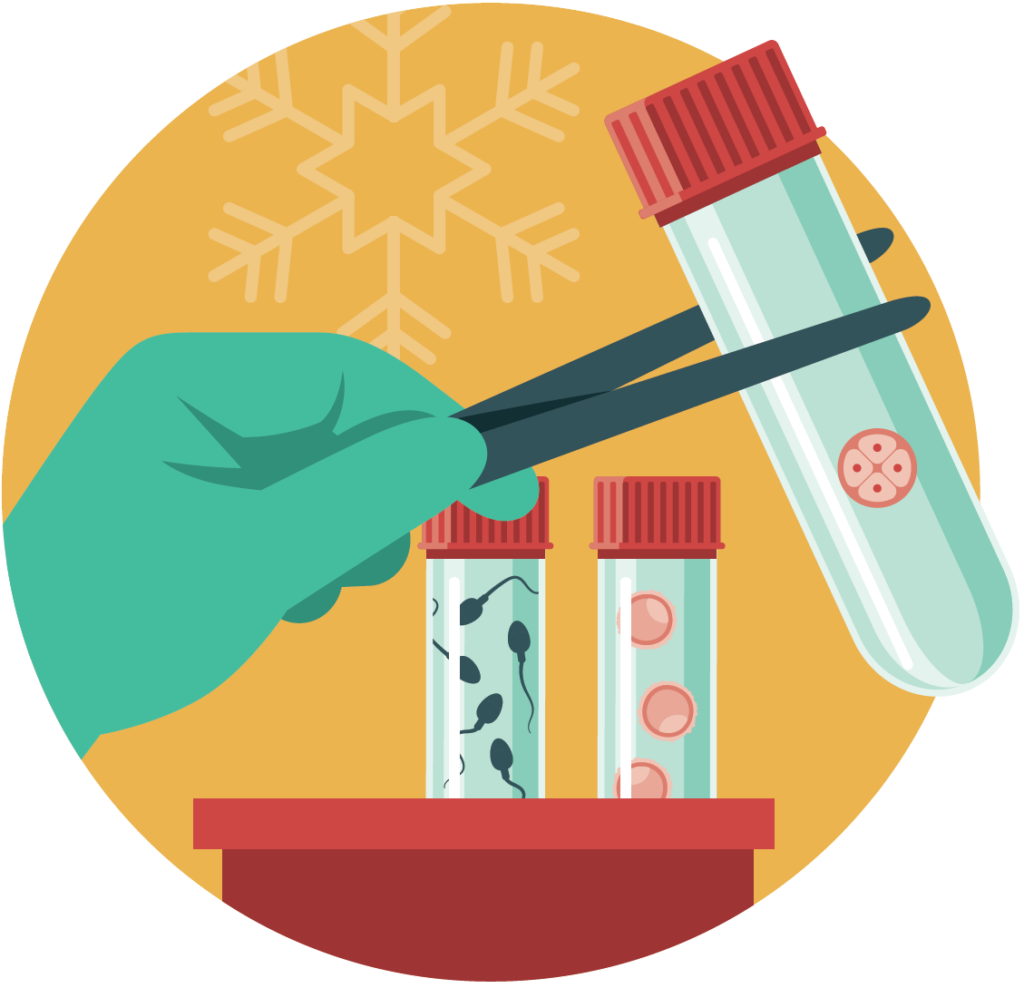
TYPES OF SAMPLES:
Cell lines, gametes (sperm and eggs), and embryos
This collection of living materials is the most extensive and most utilized resource of its kind in the world. Study of these materials empowers us to expand our understanding of evolution and our view of the diversity of life on Earth. With applications including assisted reproductive technology and stem cell technology, the Frozen Zoo has the potential to restore genetic diversity in populations of threatened species. These materials also contribute to the landmark global initiative to sequence the genomes of all eukaryote species on Earth.

Native Plant Gene Bank
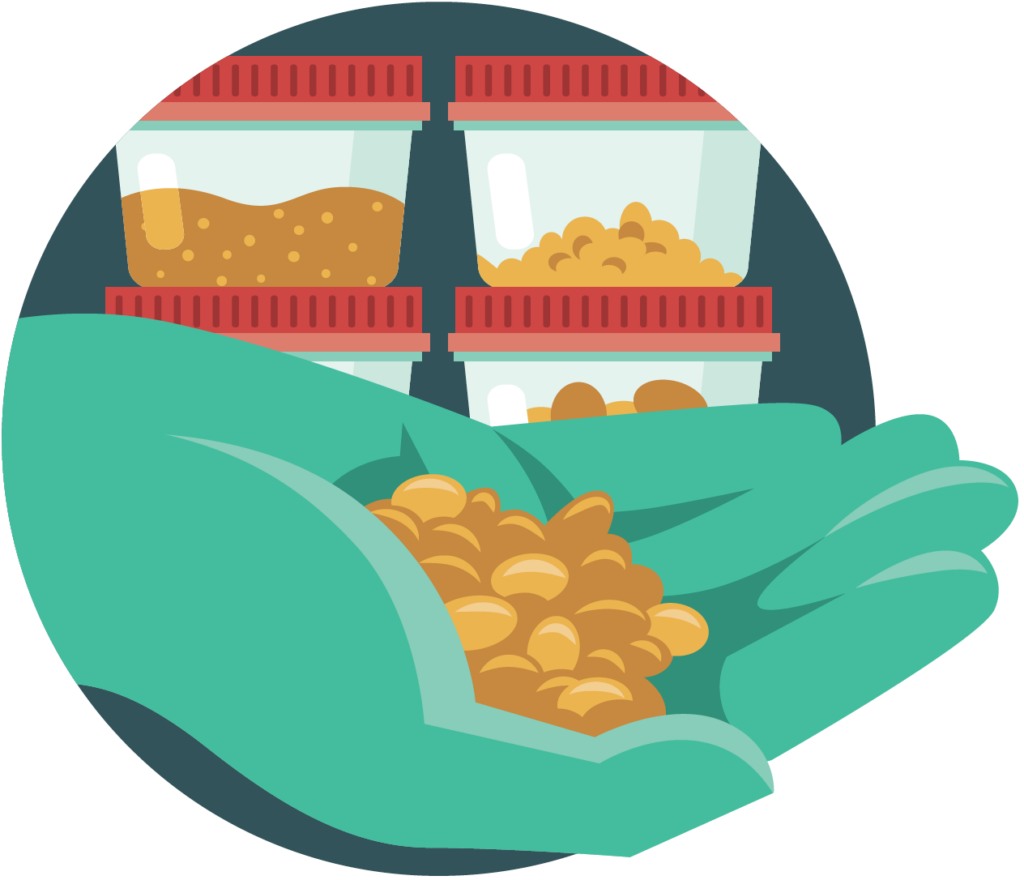
TYPES OF SAMPLES:
Seeds, plant cuttings, and herbarium vouchers (pressed and dried specimens)
The goal of our Native Plant Gene Bank is to conserve material that can be propagated from all 134 of San Diego County’s rare and threatened plants. Seeds are the main material we collect and curate, but we also maintain collections in our nurseries, labs, and cryogenic tanks. Our collections provide insurance against catastrophic loss of a plant population or species. Conservation scientists are working to ensure the stored materials can be revived and grown into plants for restoration purposes.
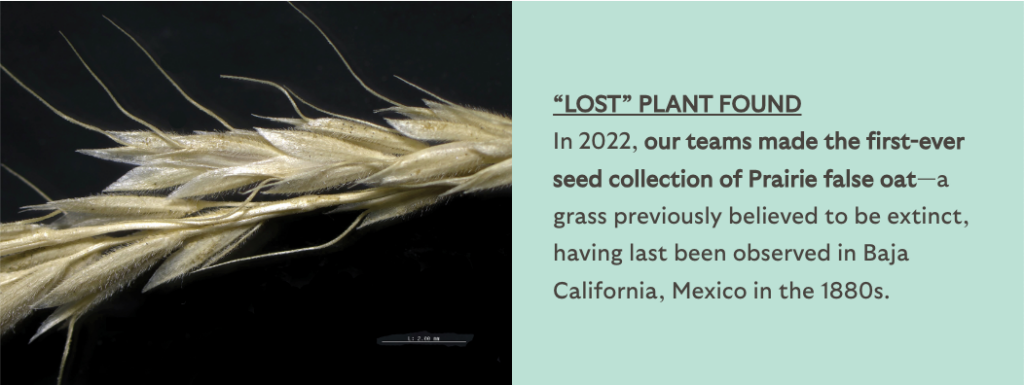
Pathology Archive
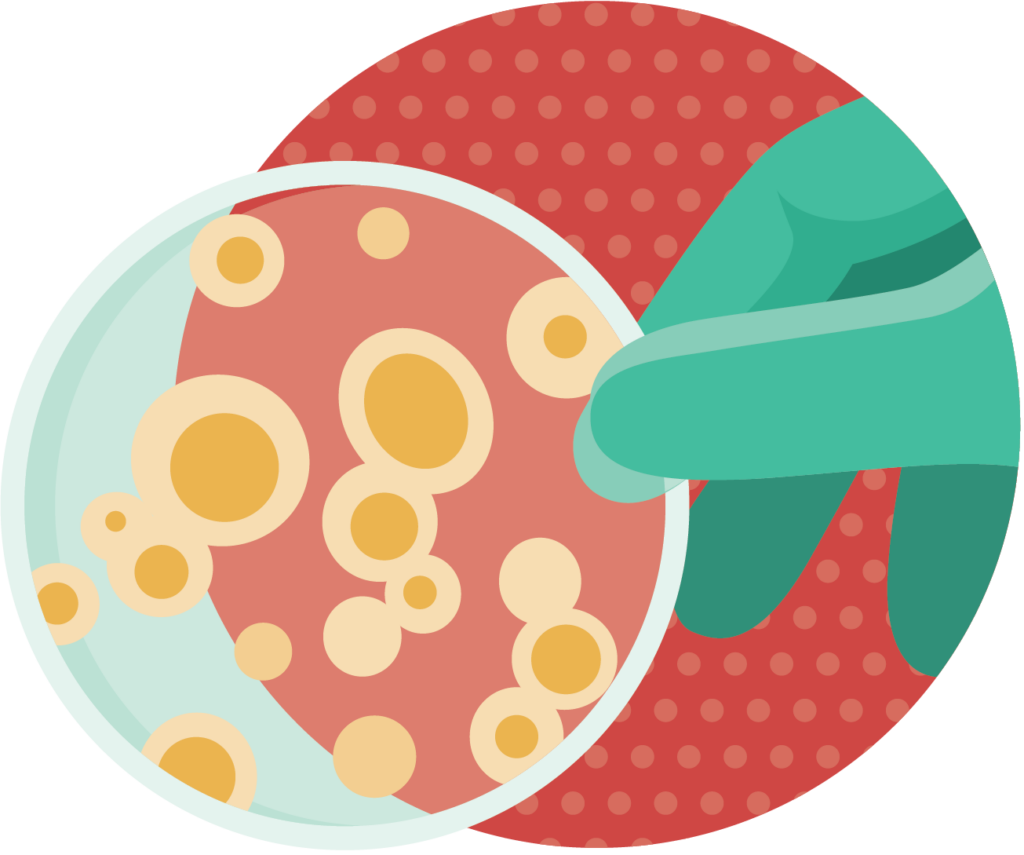
TYPES OF SAMPLES:
Tissues, microbes, DNA, and RNA
The samples banked in the Pathology Archive are acquired post-mortem. These samples provide an important window into the health of wildlife populations. The collection’s tissues, pathogens, slides, and photos are a resource to inform care and conservation decisions. Though no animal lives forever, samples taken post-mortem can extend the scientific afterlife of animals for decades or even hundreds of years, throughout which they may continue to contribute to the global scientific community’s understanding of wildlife health.

Tissue and DNA Bank
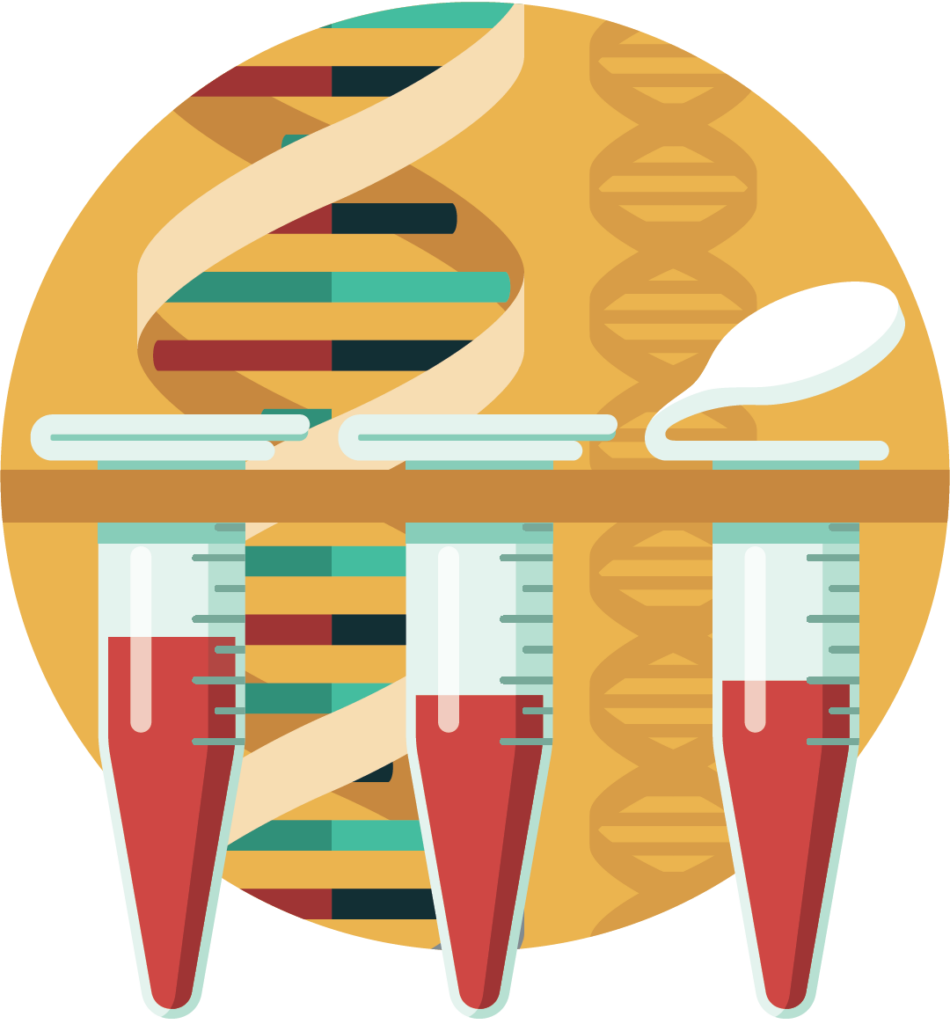
TYPES OF SAMPLES:
Tissues, DNA, blood, and cells
Our banked DNA (extracted from banked cells, blood, and tissues) can be used to sequence and analyze wildlife genomes, which clarifies individual and species-level genetic makeup. This information is crucial in illuminating wildlife physiology, behavior, and evolution. We use genetic tools to monitor and manage species in their native habitats and under human care, as well as to study genetic bases of diseases and the evolutionary potential of species to survive and adapt in our rapidly changing world.

Wildlife Artifacts
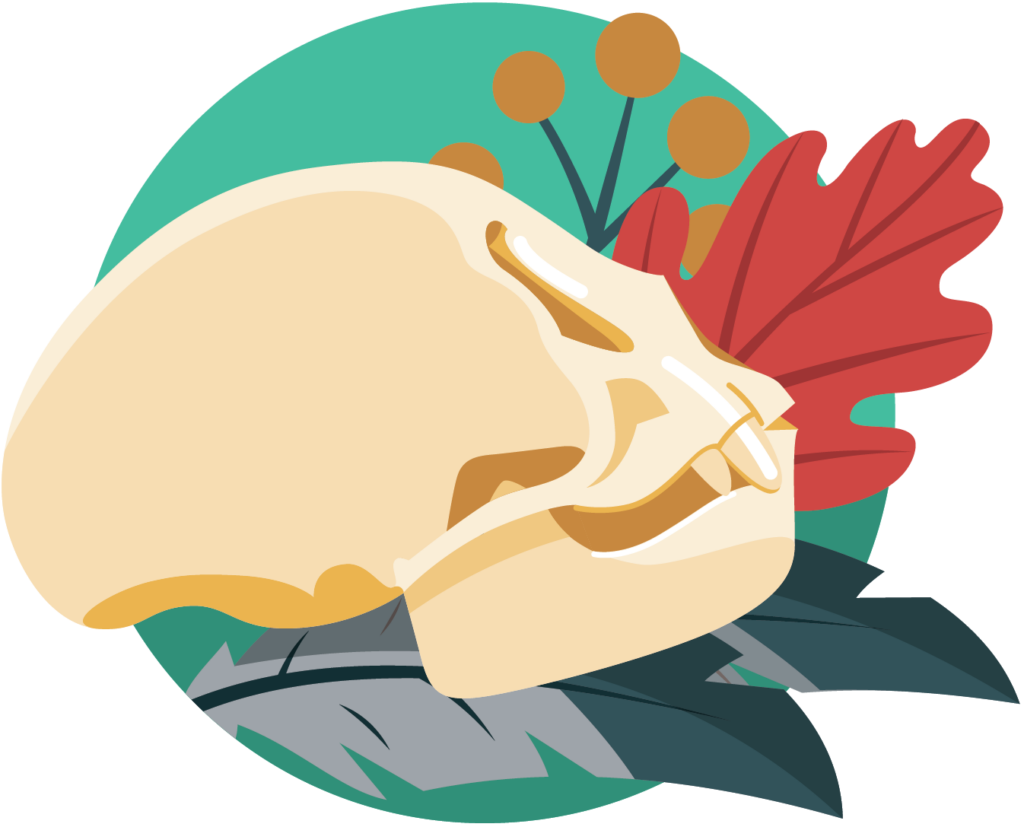
TYPES OF SAMPLES:
Skeletal replicas and items naturally shed or lost (e.g., feathers and leaves)
The artifacts in this subcollection are teaching tools. These items are used by our educators in contexts such as tours, school programs, and engagement with guests on site. Artifacts are a multisensory resource that allow us to engage with people of all ages and learning styles, and they provide a key touchpoint for our guests to establish personal connections with wildlife. Sharing artifacts with our guests builds understanding of biology and empathy for wildlife.

Discover more about the innovative conservation and global alliances you make possible through our Wildlife Biodiversity Bank.



